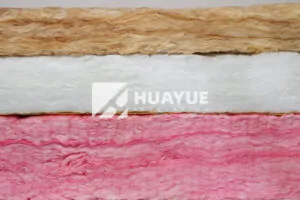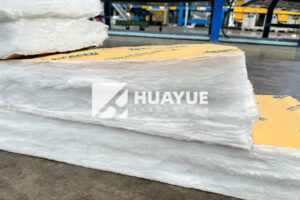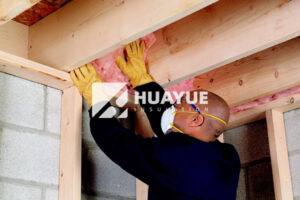Does fiberglass insulation need to be replaced?
Is your home feeling drafty or your energy bills climbing? Old insulation might be failing. You’re losing money and comfort without even realizing it.
Yes, fiberglass insulation often needs to be replaced. Its effectiveness can decrease over time due to factors like moisture, pests, or physical compression, making replacement necessary to maintain your home’s energy efficiency and air quality.
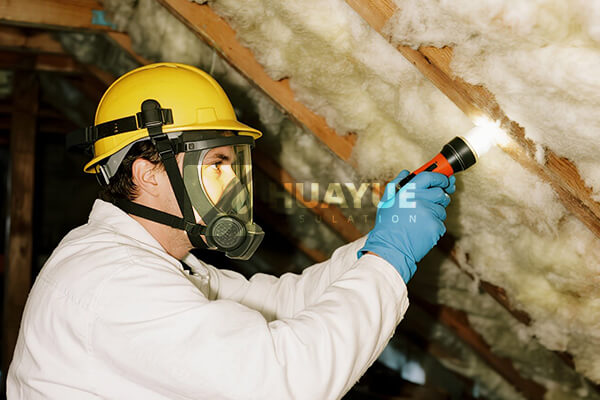
Replacing insulation might seem like a huge task, but understanding when and why it’s necessary can save you a lot of headaches and money down the road. I’ve spent over 30 years in the insulation industry, and I’ve seen firsthand what happens when old insulation is left for too long. Let’s walk through the key signs that tell you it’s time for an upgrade and what you gain from it. This knowledge is crucial for keeping your home safe and efficient.
What are the signs my fiberglass insulation is failing?
Worried your insulation isn’t working? You might see high energy bills, feel drafts, or notice uneven temperatures. These are clues that your home’s protective layer is compromised.
Look for visible signs like water stains, mold, or pest droppings. If the insulation appears flat, compressed, or is falling apart, its thermal resistance is significantly reduced, and it’s time for a replacement.
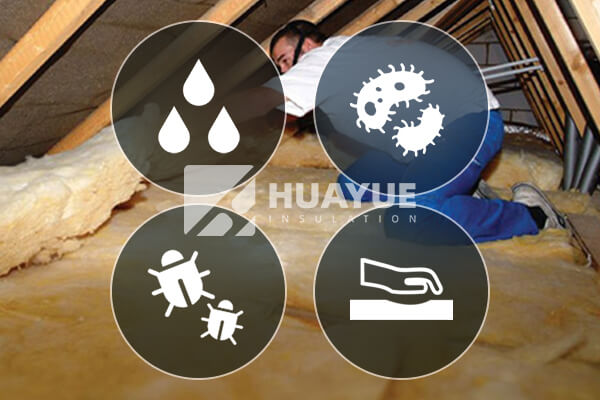
Spotting bad insulation is something I’ve helped countless people with. It’s not always obvious, but there are clear red flags. You need to look for more than just how it appears on the surface. For example, moisture is a huge enemy of fiberglass. Once it gets wet, it compacts and loses its ability to trap air, which is how it insulates. This damage is often permanent. Pests are another major issue. Rodents and insects love to nest in fiberglass, tearing it apart and leaving behind waste that can affect your home’s air quality. Over time, even gravity takes a toll, causing the insulation to settle and become less effective. I always tell people to do a quick visual check in their attic or crawlspace at least once a year.
Here’s a simple table to guide your inspection:
| Sign of Failure | What it Looks Like | Why it’s a Problem |
|---|---|---|
| Water Damage | Dark stains, clumping, or dampness. | Wet fiberglass can’t insulate and leads to mold growth. |
| Pest Infestation | Tunnels, droppings, or chewed material. | Pests destroy the insulation’s structure and create health hazards. |
| Compaction | Appears flat, thin, or compressed. | Loses its "fluffiness" (loft) and can’t trap air effectively. |
| Mold/Mildew | Black, green, or white spots; musty smell. | Degrades insulation and poses a serious risk to indoor air quality. |
| Age & Brittleness | Crumbles easily when touched. | The material has broken down and is no longer providing thermal resistance. |
What factors shorten the lifespan of fiberglass insulation?
Wondering why some insulation fails faster than others? It’s not just about age. Poor installation or a harsh environment can drastically reduce its effectiveness and lifespan.
The biggest factors that shorten fiberglass insulation’s lifespan are moisture exposure, physical damage from pests or human activity, and improper installation that leaves gaps or compresses the material, all of which degrade its performance.
In my experience at HUAYUE Group, we’ve seen that a great product can fail if the conditions aren’t right. The number one killer of fiberglass insulation is water. A small roof leak or high humidity in a crawlspace can turn effective insulation into a useless, moldy mess. That’s why controlling moisture in your home is so important. Another factor is physical disturbance. If you have work done in your attic, and people are walking on the insulation or storing boxes on it, they are crushing it. This compression squeezes out the air pockets that are essential for insulation to work. Finally, the initial installation is critical. If it was done poorly, with gaps, voids, or incorrect fitting around pipes and wires, it was never performing at its best to begin with. These gaps act like highways for air to travel, defeating the purpose of having insulation in the first place.
Here’s a breakdown of how these factors impact your insulation:
- Moisture: This is the most destructive element. It not only ruins the insulation’s thermal properties but also invites mold and can even cause structural rot in your home’s framing.
- Poor Installation: Gaps and compression from a bad install can reduce effectiveness by up to 30%. It has to be installed carefully to fill every cavity without being overly packed.
- Pests: Rodents will tear it up for nests, and insects can make their homes in it. Their activity creates tunnels and voids, destroying the continuous thermal barrier.
- Air Leaks: If your home isn’t properly air-sealed, air can flow through the fiberglass, carrying dust and pollutants with it and reducing its R-value, which is its ability to resist heat flow.
What are the benefits of replacing old insulation?
Are you thinking about the cost of new insulation? The real cost lies in keeping the old, inefficient stuff. You’re paying for it with high energy bills and less comfort.
Replacing old insulation offers significant benefits, including lower energy bills, improved and more consistent indoor comfort, better indoor air quality by removing allergens and mold, and an increased home resale value.
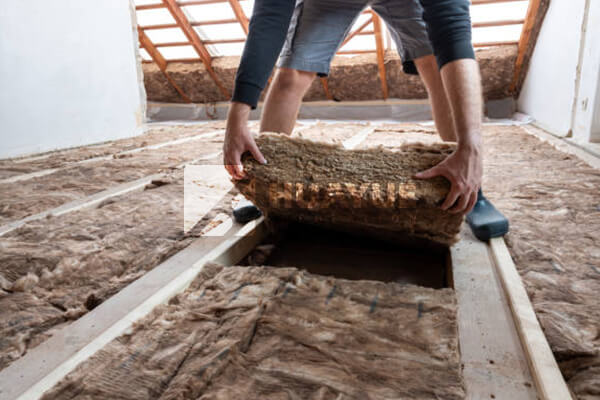
When customers decide to replace their old, worn-out fiberglass, the change is almost immediate. The first thing they usually notice is the savings on their energy bills. A properly insulated home doesn’t have to work as hard to stay warm in the winter or cool in the summer. At HUAYUE, our modern glass wool products are designed for maximum thermal efficiency, so the impact is significant. But it’s not just about money. The comfort level of your home dramatically improves. Those annoying cold spots and drafts disappear, and the temperature stays consistent from room to room. Another huge benefit is the improvement in indoor air quality. Old insulation can be full of dust, allergens, mold spores, and pest waste. Ripping it out and replacing it with clean, new material gets rid of those pollutants at the source, making your home a healthier place to breathe. It’s an investment that pays you back in multiple ways.
Here are the top advantages you can expect:
- Energy Efficiency: This is the big one. New insulation can cut heating and cooling costs by a noticeable amount. Modern materials have a higher R-value per inch.
- Enhanced Comfort: You’ll have a home that feels better year-round. No more wearing a sweater indoors in the winter.
- Healthier Air: Removing old, contaminated insulation eliminates a major source of indoor air pollutants.
- Sound Dampening: Fresh, full insulation is also great at absorbing sound, making your home quieter and more peaceful.
- Increased Home Value: A well-insulated home is a major selling point for potential buyers, as it signals a well-maintained and energy-efficient property.
Conclusion
Replacing old fiberglass insulation is a smart investment. It lowers energy bills, improves home comfort, and ensures healthier air, making your home more efficient and valuable for years to come.
You may also be interested in:
Ready to Get Started?
Get in touch with our experts for personalized solutions tailored to your needs.
Get Free QuoteLatest Articles
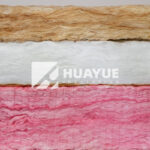
Eco Batt Insulation: What You Need to Know?
Dec 12, 2025
Let's Work Together
Ready to take your business to the next level? Get in touch with our team of experts and let's discuss how we can help you achieve your goals.
Get Free Solutions
